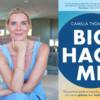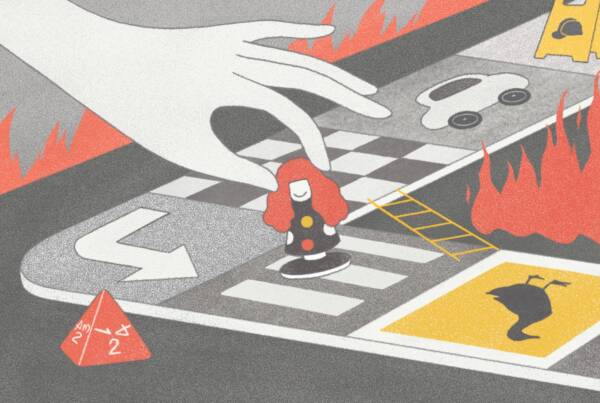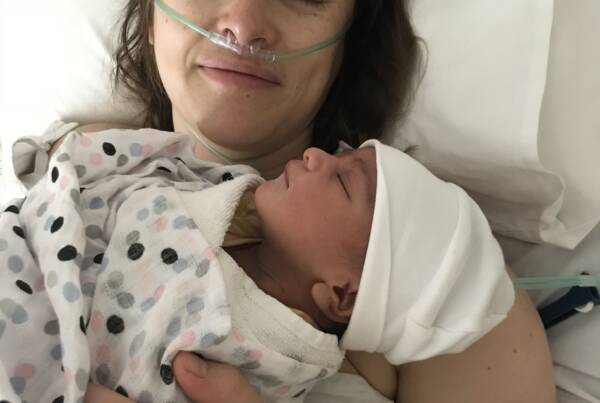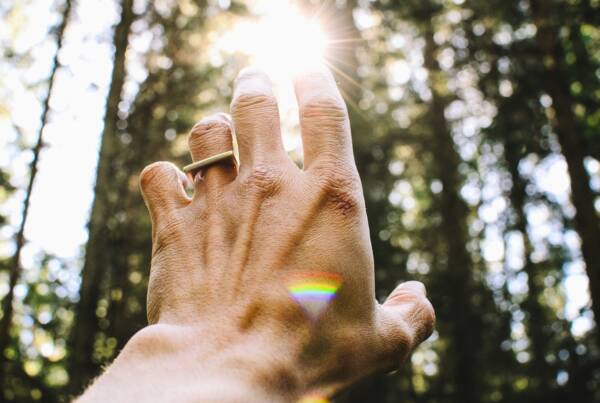Writing by Juliette Salom
The words Australian Cinema tend to provoke little more from the average Aussie but eye rolls and indifference. What little examples come to mind include those of the cheesy commercial portrayals of endless plains of red dirt and knife-bearing crocodile hunters, portrayals that don’t feel incredibly accurate to most Australians. But amongst the household hits of red dogs and bushrangers is a plethora of cinema that abandons typical tropes and stereotypes in favour for a considered exploration into real Aussie existence.
Within this catalogue of cinema are films of teenagers, learning to love like it’s the last thing they’ll do. There are films of adventure, of exploration in both the intimate sense of the self and in the sense of journeying to corners of a country expansive enough to hold snowy mountains and dry red dirt in just one breath. And there are films of kids coming of age, of growing up in suburban Australia where a dorky school uniform and a fifteenth birthday party can feel like little less than a nightmarish hell.
The following three films are three wonderful examples of what Australian cinema has to offer. Often times, these sorts of films won’t be found at the cinema, or on your Netflix home page, but nonetheless, they’re out there. You just have to look.
The three women at the helm of these projects have created stories that although may feel undeniably Australian, are stories that are no doubt universally lived beyond this island’s borders. Growing up, fucking up, figuring stuff out; these films follow the coming of age of three young women in a country that so often forgets to tell their stories.
In no particular order, here are three fantastic films by three fantastic Australian female directors.
Babyteeth by Shannon Murphy
When we’re young, our first loves tend to feel like our only. In Mila’s case, though, as a terminally ill sixteen-year-old girl, the reality of a first and only love is ferociously omnipresent.
Shannon Murphy’s directorial debut Babyteeth is a chaotic whirlwind of homemade haircuts, prescription drugs, parties, life, and death. Mila, played by Eliza Scanlen, insists on living a life that is large with love and deep with adventure, despite being diagnosed with leukemia. So when Moses (Toby Wallace), a small-time drug dealer with grazes and tattoos fighting for room on his face, literally runs into Mila on her way to school, she of course jumps at the chance to forcibly invite Moses into her small life. Small lives are ever widening at age sixteen, but Mila understands the fierce speed that she is to assume in order to live a little wider whilst she can.
Peppered with pastel chapter titles and the occasional fourth wall-breaking camera glance, Murphy’s film treads the fine line between coming-of-age cliché and instant indie cinema classic. On paper, a sick teen girl movie may read like a dozen you’ve seen before, but Murphy has made, along with a stellar cast including the likes of Ben Mendelsohn and Essie Davis, a fiercely unique story of love and loss and the girl in the middle of it all. The Australian-ness of Babyteeth is not over-bearing; the subtleties of existence in the country down under are built into the story as simply as the facts of life and death are.
The isolation Mila feels, from her parents, from her future, from the world, permeates a relatability of teenagehood that is not confined by country borders. Shannon Murphy, in this regard, has created a story of universal feeling, how it feels to love and to lose and to feel like every day is the end of the world when you’re sixteen, and she does so with a uniquely Australian lens.
Somersault by Cate Shortland
This stripped-back take on the Aussie coming-of-age clashes the harshness of Aussie youth with the harshness of Aussie land. Stepping away from the all-too-familiar red dirt sprayed plains of the outback that Australia is internationally so famous for, director Cate Shortland brings us to a road less travelled in the ski resort community of Jindabyne in New South Wales in her film Somersault.
Somersault follows Heidi as she scavengers her way through Jindabyne, having just run away from home and into the unknown wilderness of muddied snow and drunken tourists. The coldness of the landscape, however, is bearable compared to the icy chill she encounters in the people she meets there. This is no romanticised, rose-coloured take on Australian teen-hood, but an unsettling story of the vulnerability that comes with being young and alone for the first time in one’s life.
Somersault is slow; the film takes it time to unwind and uncoil, softly revealing the flaws and liabilities that each of its characters carries with them on their respective journeys. But the journey of Heidi remains at the forefront of this story. Abbie Cornish, who plays the naïve protagonist, portrays an abundance of genuine curiosity and ever-expanding hope in the beautiful yet cruel place she finds herself in.
The once small-time Aussie director heralded from Temora, New South Wales, is now making waves in Hollywood with Marvel’s Black Widow, starring Scarlett Johannsson and Florence Pugh, now under her belt. Australia’s greatest export (in my humble opinion) are these phenomenal talents that understand the universality in telling stories that connect people. From small indie Australian film to being at the helm of one of the biggest commercial storytelling machines in the world, Shortland knows how to tell a story. Somersault, although no superhero action-packed blockbuster, is an example of the humble beginnings of Australian filmmakers in telling stories about the country they come from.
Girl Asleep by Rosemary Myers
Rosemary Myers’ 2015 nostalgic dreamscape of mean girls and birthday party flash mobs, Girl Asleep, is one of the golden underrated nuggets of Aussie teen indie cinema. In an aesthetic style comparable to the likes of indie great Wes Anderson, Girl Asleep blurs fantasy with reality as fourteen-turning-fifteen-year-old Greta does her best to survive a birthday party she insisted she didn’t want.
Adapted from the play of the same name by Matthew Whittet who also wrote the screenplay, Girl Asleep is a 1970s-set, Australiana-styled nightmarish dreamscape of growing up in the suburbs. Infused with disco tunes and multiple choregraphed dance sequences, including an epic dance/fight scene to The Angels’ 1978 hit Take A Long Line, this indie dream is both hilariously absurd whilst completely and utterly Aussie.
Within the array of local films that manage to make it on to the big screens in front of Aussie audiences, only a very few of those few films embrace the weirdness and eccentricity of Australian life like Girl Asleep does. Rosemary Myers projects to audiences the mystical land of Australian suburbia as incomprehensible as a dream.
From the peculiar title cards imbedded in the film’s production design, to the abundance of idiosyncratic quirks of the characters (Greta’s dad literally tucks her into her bed as unnecessarily tightly as a coin tucked into the pocket of the skinniest of jeans), this film plays with the boundaries of hyper-realism in the frightening space of one teen’s life. In many ways, Myers’ tendency to bend the scope of reality with her quirky characters and hyper-real design comes across as more relatable and authentic to Aussie life than the stereotypes and down-under cliches that so often permeate our screens.
If the seventy-seven-minute run time isn’t enough to persuade you to chuck this movie on in between dinner and dessert, the ease of accessibility Netflix provides with this the addition of Girl Asleep to its growing catalogue of Australian content will surely be good reason enough to allow yourself an hour and a bit of utter Australiana bliss with this quirky slice of teen absurdity.






